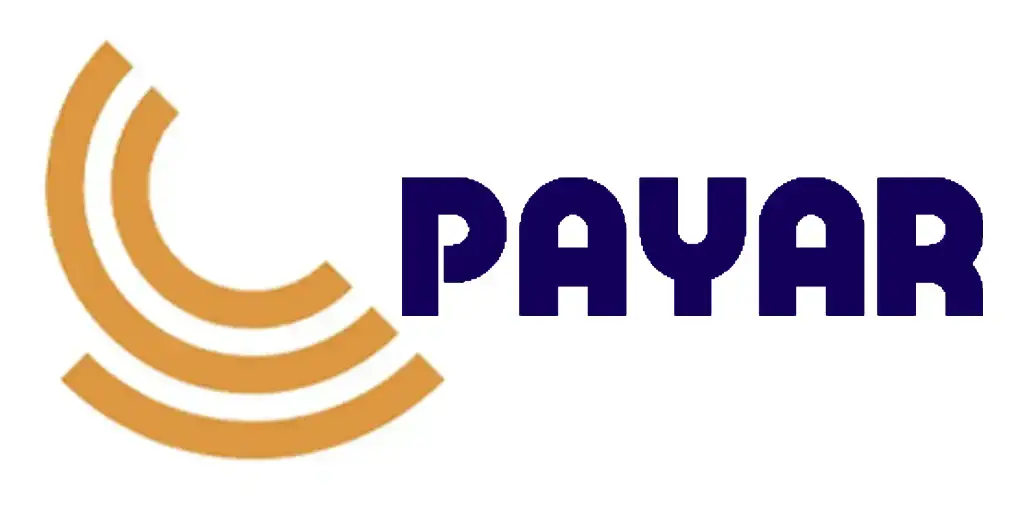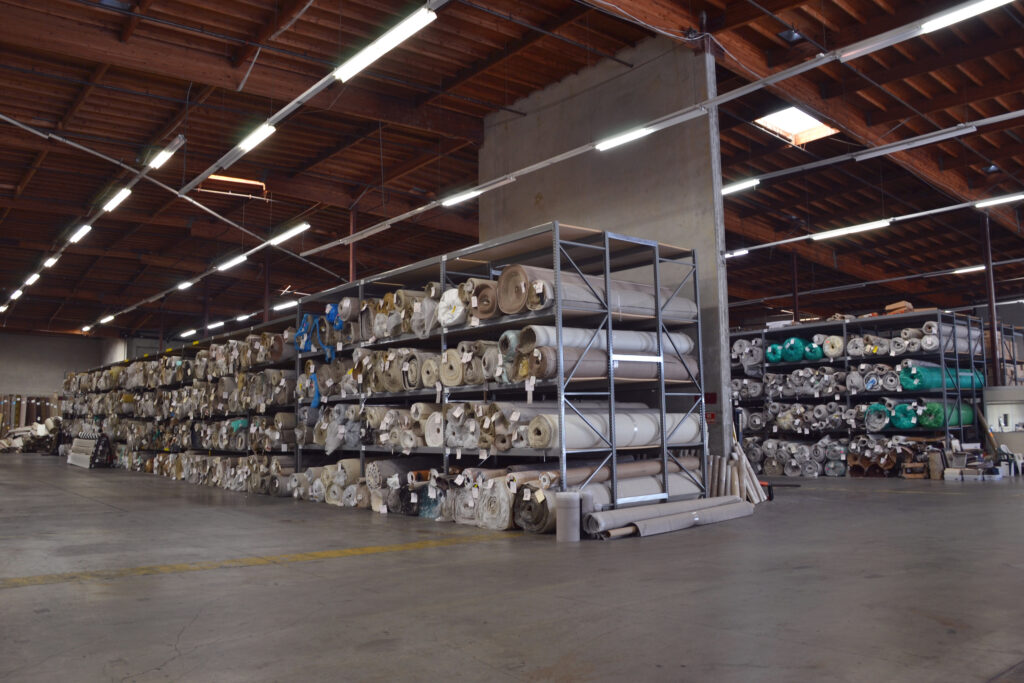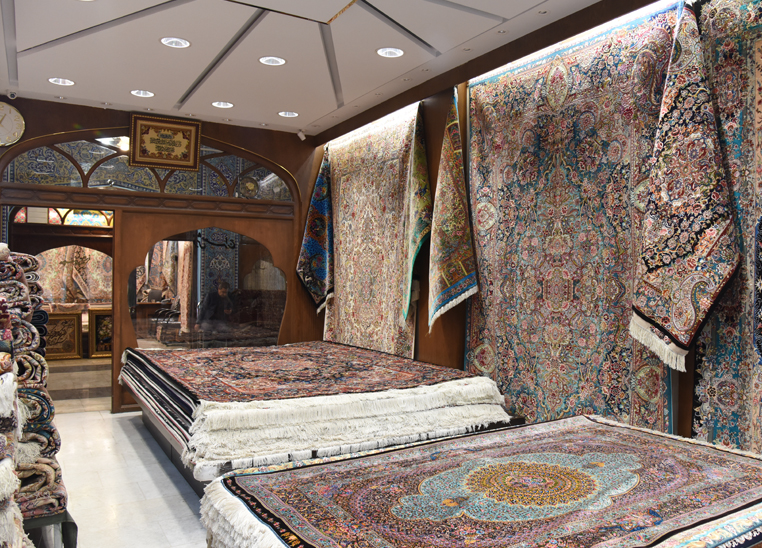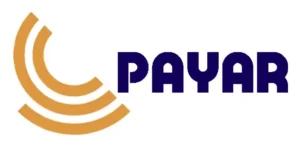Import persian carpets from Iran
Importing Persian carpets from Iran involves several key steps and considerations to ensure a smooth process. Then is a comprehensive companion to help you:
Research and Identity Suppliers
Finding reliable carpet suppliers in Iran involves combining online research, industry networking, and sometimes even on-the-ground investigations. Here’s a step-by-step approach to help you identify trustworthy suppliers:
Online Research
Trade Directories: Use online trade directories and platforms like Alibaba, Global Sources, or Made-in-China. These platforms often list suppliers and provide reviews and ratings.
B2B Marketplaces: Websites like Iran Yellow Pages or Iran Export might have listings for carpet suppliers.
Industry Websites: Check websites dedicated to the carpet industry or Persian rugs, such as the Iran Carpet Company or the Iranian National Carpet Center, which might have directories or recommendations.
Industry Associations and Trade Shows
Industry Associations: Contact associations such as the Iran Carpet Company or the Iran National Carpet Center. They often have information on reputable suppliers.
Trade Shows: Attend or research international trade shows and exhibitions related to carpets and rugs, such as Domotex or the Tehran International Carpet Exhibition. These events often feature reputable suppliers and provide opportunities for direct contact.
Networking and Recommendations
Industry Contacts: Contact industry contacts or other carpet importing or retailing businesses. They can recommend reliable suppliers.
Online Forums and Groups: Join industry-specific forums or social media groups where you can ask for recommendations and reviews from other professionals in the field.
Supplier Verification
Company Background: Research the company’s history, reputation, and financial stability. Look for established businesses with a reliable track record.
Certifications: Verify if the Supplier has any relevant certifications or affiliations with industry organizations, which can indicate credibility and adherence to quality standards.
Request Samples and Information
Product Samples: Request samples of the carpets to assess their quality. This will help you evaluate the Supplier’s product before committing more.
Detailed Information: Ask for detailed product information, including materials used, manufacturing processes, and any certifications or guarantees.
Visit the Supplier (if possible)
Site Visit: If feasible, visit the Supplier’s facility in Iran to inspect their operations and meet with them in person. This can provide valuable insights into their practices and reliability.
Use Trade Agents or Brokers
Trade Agents: Consider hiring a trade agent or broker specializing in Iranian carpets. They can help you navigate the market, find reliable suppliers, and facilitate communication and transactions.
Key Points to Consider:
Language Barriers: Be aware of potential language barriers and consider using a translator if necessary.
Cultural Understanding: Understanding Iranian business culture and practices can be advantageous in negotiations and building relationships.
These steps allow you to identify and connect with reliable Persian carpet suppliers and establish a successful import operation.
Understand the Market and Regulations
Understanding the market and regulations for Persian carpets involves several key steps. Here’s a detailed guide to help you:
Understanding the Market
Market Research:
Demand Analysis:
Assess the demand for Persian carpets in your target market. Look for trends, preferences, and buying behavior.
Analyze the customer segments interested in Persian carpets (e.g., collectors, interior designers, high-income households).
Supply Chain Analysis:
Identify key suppliers, as well as their reputation and reliability.
Understand the production process and the regions in Iran known for specific types of Persian carpets (e.g., Tabriz, Isfahan, Qom).
Competition Analysis:
Identify main competitors and their market share.
Study their pricing strategies, marketing techniques, and customer service practices.
Price Sensitivity:
Understand the price points at which Persian carpets are sold in different market segments.
Determine the factors influencing pricing, such as materials, craftsmanship, age, and rarity.
Design and Style:
Identify popular designs, colors, and patterns preferred by your target market.
Quality Expectations:
Understand the quality standards consumers expect, such as knot density, materials used (wool, silk), and craftsmanship.
Sanctions and Trade Restrictions:
Verify if your country has any sanctions or trade restrictions against Iran. Some countries may have embargoes or specific regulations that affect importing goods from Iran.
Import Licenses:
Check with your country’s trade and customs authorities to determine if you need an import license or any special permits to import Persian carpets.
Customs Duties and Taxes:
Understand the import duties, taxes, and tariffs applicable to Persian carpets.
Familiarize yourself with the Harmonized System (HS) codes used for Persian carpets to classify the goods correctly for customs.
Commercial Invoice:
Ensure the commercial invoice includes all necessary details, such as the value, description of goods, and terms of sale.
Certificate of Origin:
Obtain a certificate of origin from the Supplier to prove that the carpets are made in Iran.
Bill of Lading/Air Waybill:
Ensure proper shipping documents are prepared for the transportation of goods.
Packing List:
Prepare a packing list detailing the shipment’s contents, including dimensions and weight.
Health and Safety Standards:
Check if any health and safety regulations apply to textile imports, such as fumigation or treatment requirements.
Labeling Requirements:
Ensure the carpets are labeled according to your country’s regulations, including information about the material, country of origin, and care instructions.
Consult with Trade Experts:
To ensure you meet all regulatory requirements, seek advice from trade consultants or legal experts familiar with importing goods from Iran.
Work with Reliable Suppliers:
Choose suppliers experienced in exporting Persian carpets and can provide all necessary documentation.
Stay Informed:
Keep up-to-date with any changes in trade policies or regulations that may affect your business. This can include subscribing to trade bulletins, attending industry conferences, or joining trade associations.
Ensuring the quality of Persian carpets
Ensuring the quality of Persian carpets involves a detailed understanding of various aspects such as materials, craftsmanship, and authenticity. Here’s a comprehensive guide to help you with the quality assurance process:
Understanding Types of Persian Carpets
Regions and Styles:
Different regions in Iran are known for specific types of carpets. For instance, Tabriz carpets are known for their intricate designs. In contrast, Qom carpets are renowned for their high knot density and fine materials.
Materials:
Wool: Most Persian carpets are made from wool. High-quality wool carpets are durable and have a soft texture.
Silk: Silk carpets are more delicate, luxurious, and usually more expensive. They have a finer texture and higher knot density.
Cotton: Used primarily for the carpet’s foundation (warp and weft threads).
Craftsmanship
Knot Density:
Knot density is an essential quality indicator, measured in knots per square inch (KPSI). Higher knot density usually signifies finer detail and higher quality. For instance, a KPSI of 120 or more is considered high quality.
Weaving Technique:
Persian carpets are traditionally hand-knotted. Ensure that the carpets are genuinely hand-knotted and not machine-made.
Design and Pattern:
Authentic Persian carpets feature traditional designs and motifs, often inspired by nature, mythology, and historical themes. Symmetry and precision in design indicate high craftsmanship.
Authenticity Verification
Origin:
Verify the carpet’s origin. Genuine Persian carpets come from specific regions in Iran. Documentation or certification of origin can help verify this.
Age:
Older carpets, especially antiques, can be more valuable. Verify the age through expert appraisal or documentation.
Signature:
Some high-quality Persian carpets bear the signature of the weaver or the workshop, usually woven into the edge of the rug.
Physical Inspection
Front and Back Inspection:
Inspect both the front and back of the carpet. The back should clearly show the knots, and the pattern should be as distinct as the front.
Feel and Texture:
Check the texture of the carpet. High-quality wool should feel soft, while silk should feel smooth and luxurious.
Color Fastness:
Verify the color fastness of the dyes used. High-quality carpets use natural dyes that don’t bleed or fade quickly.
Professional Appraisal
Engage Experts:
Hire a professional appraiser who specializes in Persian carpets. They can provide a detailed assessment of the carpet’s quality, authenticity, and value.
Certification:
Obtain certification from reputable institutions or appraisers to validate the quality and authenticity of the carpet.
Supplier Verification
Reputable Suppliers:
Work with reputable suppliers with a proven track record of providing high-quality Persian carpets.
References and Reviews:
Check references and reviews from previous buyers. A trustworthy supplier should have positive feedback and a history of satisfied customers.
Documentation
Certificates of Authenticity:
Ensure the Supplier provides:
- A certificate of authenticity.
- Detailing the carpet’s origin.
- Materials.
- Other relevant information.
Detailed Invoices:
The invoice should detail the carpet’s specifications, including dimensions, materials, knot density, and origin.
Continuous Education
Stay Informed:
Continuously educate yourself about Persian carpets, including new trends, techniques, and market developments.
Networking:
Join industry associations and attend trade shows to network with experts and stay updated on best practices.
Conclusion
Quality assurance for Persian carpets is a meticulous process that involves understanding materials, craftsmanship, and authenticity. By following these steps and working with reputable suppliers and experts, you can ensure that you are acquiring high-quality Persian carpets that meet your customers’ standards and expectations. خرید فرش ۱۲۰۰ شانه وینتیج
Balancing legal and ethical considerations is essential for building a reputable and sustainable business in the Persian carpet market. By adhering to trade regulations, respecting intellectual property, ensuring fair labor practices, and promoting transparency, you can create a positive impact on the industry and gain the trust of your customers.





